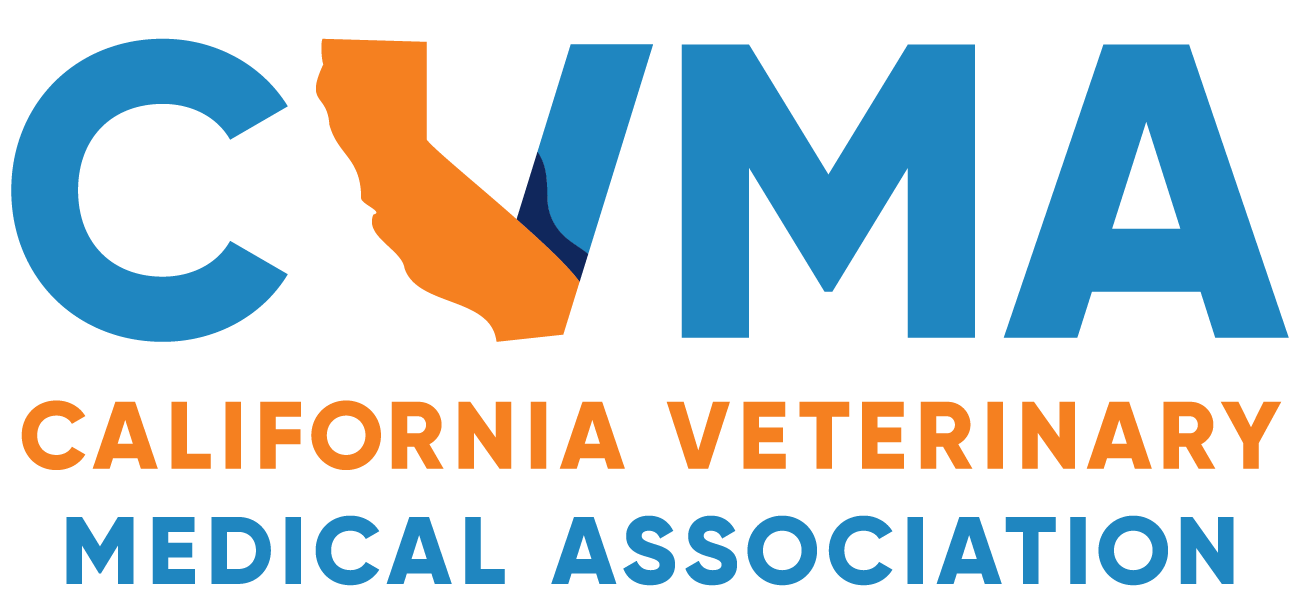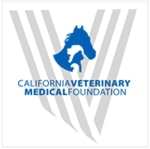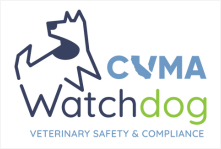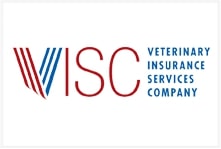The CVMA has launched a campaign against the illegal practice of veterinary medicine. While the focus of this campaign is to stop unlicensed persons from these practices, veterinarians should be aware of the laws in this area that impact their practice. If a veterinarian refers a client to anyone other than another veterinarian, they are aiding and abetting the practice of veterinary medicine by an unlicensed person. This can result in being charged with a crime [Business and Professions Code (B&P) Section 4831], and/or being charged with unprofessional conduct [B&P Section 4883].
Requests for referrals of this type could include physical rehabilitation, anesthesia-free teeth cleaning, chiropractic medicine, acupuncture, pregnancy checking of cows, teeth floating, and much more. It doesn’t matter if the person you are referring to has years of experience, has taken a course of study, or is certified. Practicing medicine on animals is restricted to veterinarians. Under California law, there are no provisions that allow for referral by a veterinarian to anyone other than another veterinarian - including persons licensed in another healthcare profession.
The practice of veterinary medicine is defined in B&P Section 4826, and occurs when a person practices veterinary medicine, surgery and dentistry or represents themselves as engaged in the practice of veterinary medicine, or diagnoses or prescribes a treatment of whatever nature for the prevention, cure or relief of a wound, fracture, bodily injury or disease of animals.
In all cases, there is a need for a Veterinarian-Client-Patient Relationship (VCPR). According to the VCPR, a veterinarian has assumed responsibility for making medical judgments regarding the health of an animal and the need for medical treatment [California Code of Regulations (CCR) Section 2032.1].
When can someone without a veterinary license provide a veterinary service? Aside from the exceptions outlined in B&P Section 4827, an unlicensed person must be under the direct or indirect supervision of a veterinarian in an animal hospital setting when performing veterinary tasks as outlined in B&P Section 4826(c). All other procedures in B&P Section 4826 may only be performed by a veterinarian.
If you are told by a dentist, chiropractor, or physical therapist, for example, that you can refer to them, they are wrong. They are only licensed to treat humans. If he or she is going to treat animals, they must do so under the “direct supervision” of a licensed veterinarian. “Direct supervision” means the veterinarian has previously established a VCPR and is physically present at the location where the animal health care task is performed and has assumed the responsibility for making the clinical judgment regarding the health of the animal and need for treatment, while also being quickly and easily available.
When discussing unlicensed practice, it is also important to recognize RVT tasks. Only a DVM or RVT is allowed to perform the RVT tasks outlined in CCR Section 2036. Under the direct supervision of a licensed veterinarian, an RVT may perform: (1) anesthesia induction by inhalation or intravenous injection; (2) application of casts and splints; (3) dental extractions; (4) suturing of existing skin incisions; and (5) create a relief hole in the skin to facilitate placement of an intravascular catheter. These tasks may never be delegated to an unregistered assistant.
Protect yourself and know the proper level of supervision for unlicensed persons. If you would like to report illegal activity, click here.







